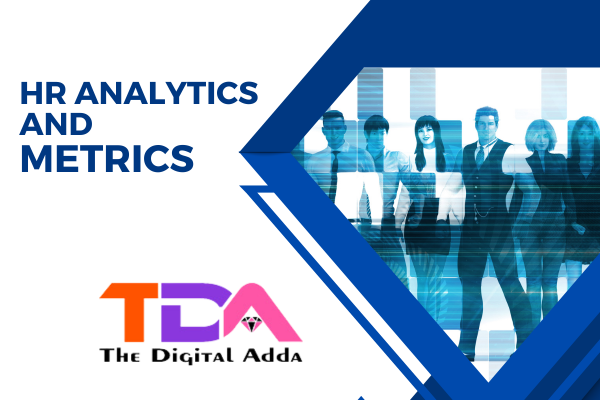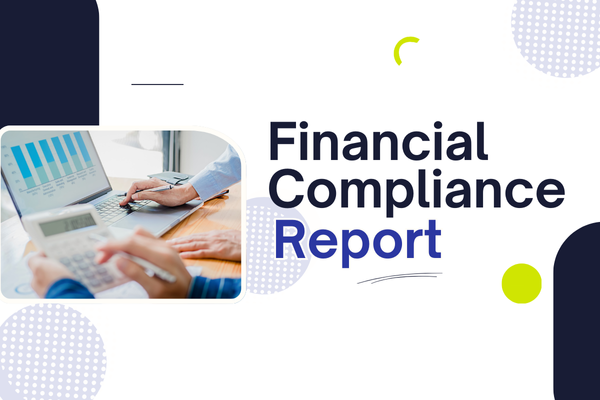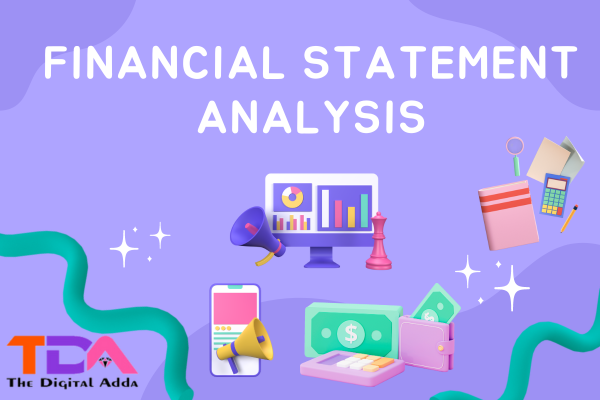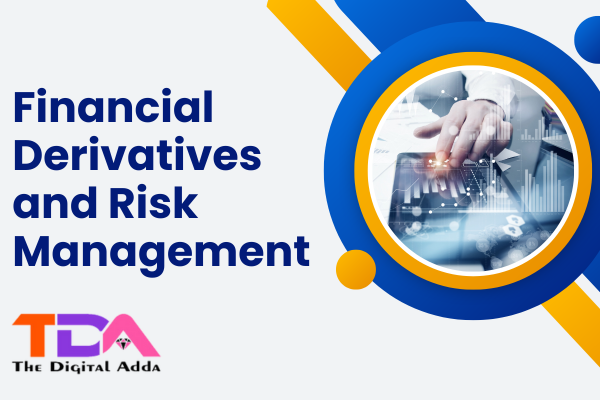Finance & Accounting Certification – The Digital ADDA
Finance and accounting are two closely related fields that deal with managing and tracking financial resources, but they have distinct roles and functions within an organization. Here’s an overview of each field:
Finance:
- Purpose: Finance is the broader field that focuses on managing an organization’s financial resources to achieve its strategic goals. It involves decision-making related to investments, fundraising, and the overall financial health of the organization.
- Key Functions:
- Capital Budgeting: Evaluating and selecting investment opportunities, such as new projects or acquisitions, by analyzing their financial viability and potential returns.
- Capital Structure: Deciding how to fund operations and investments through a mix of debt and equity, taking into account cost of capital and risk.
- Risk Management: Identifying, assessing, and mitigating financial risks, including market risk, credit risk, and operational risk.
- Financial Planning: Developing budgets, forecasts, and financial models to guide the organization’s financial activities.
- Financial Analysis: Evaluating the financial performance and health of the organization through financial statements, ratios, and key performance indicators (KPIs).
- Asset Management: Managing the organization’s assets, including investments, to maximize returns while minimizing risk.
- Tools: Financial professionals use tools like financial models, valuation techniques, risk management strategies, and financial software to make informed decisions.
- Career Paths: Careers in finance include roles like financial analysts, investment bankers, financial planners, portfolio managers, and corporate finance professionals.
Accounting:
- Purpose: Accounting is a subset of finance that focuses on recording, classifying, summarizing, and interpreting financial transactions and data. Its primary purpose is to provide accurate and reliable financial information to stakeholders.
- Key Functions:
- Financial Recording: Recording day-to-day financial transactions in ledgers, journals, and accounting software.
- Financial Reporting: Preparing financial statements (income statement, balance sheet, cash flow statement) and other reports to communicate the organization’s financial performance.
- Auditing: Conducting independent examinations of financial statements to ensure accuracy and compliance with accounting standards and regulations.
- Taxation: Managing tax-related matters, including tax planning and compliance, to optimize tax liabilities.
- Forensic Accounting: Investigating financial irregularities, fraud, and financial disputes.
- Standards: Accounting follows established accounting standards and principles, such as Generally Accepted Accounting Principles (GAAP) in the United States and International Financial Reporting Standards (IFRS) globally.
- Career Paths: Careers in accounting include roles like accountants, auditors, tax specialists, forensic accountants, and certified public accountants (CPAs).
Relationship Between Finance and Accounting:
Finance and accounting are closely intertwined. Accounting provides the financial data and reports needed for financial analysis and decision-making in finance. Finance professionals rely on accurate and timely financial information produced by accountants to assess the organization’s financial health, make investment decisions, and manage risks effectively.
In summary, finance is responsible for making strategic financial decisions and managing the organization’s overall financial well-being, while accounting focuses on recording, reporting, and interpreting financial data to provide the information needed for those decisions. Both fields play critical roles in the financial management of organizations, and professionals in these areas often collaborate to ensure financial success.











